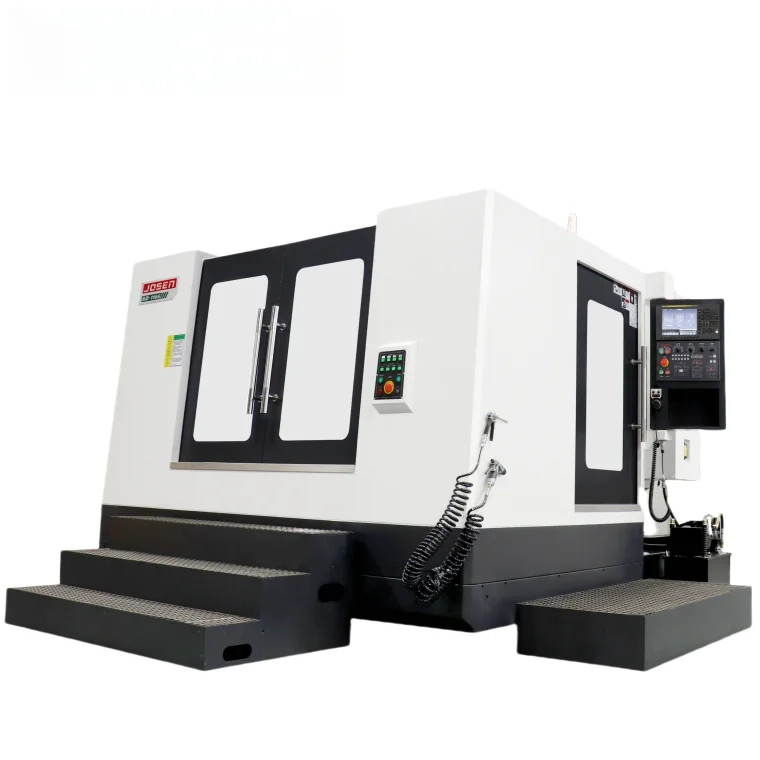When it comes to power tools, particularly saws, the design and functionality can significantly influence the user experience and the quality of the work produced. Among various types of saws, worm drive saws have carved out a niche for themselves, especially in the construction and woodworking industries. One of the most intriguing aspects of worm drive saws is their left-handed orientation. This article delves into the reasons behind this design choice, exploring its implications for users and the advantages it offers.
The Mechanics of Worm Drive Saws
Before we dive into the left-handed design, it's essential to understand the mechanics of worm drive saws. Unlike standard circular saws that use a direct drive mechanism, worm drive saws employ a worm gear system. This system consists of a worm (a screw-like gear) that meshes with a gear wheel, allowing for a higher torque output at lower speeds. This design is particularly advantageous for heavy-duty cutting tasks, as it provides greater power and control.
Why Left-Handed?
The left-handed orientation of worm drive saws is not merely a quirk of design; it serves several practical purposes:
- Visibility and Control: One of the primary reasons for the left-handed design is visibility. When using a worm drive saw, the blade is positioned to the left of the motor. This configuration allows right-handed users to have a clearer line of sight to the cutting line. As most users are right-handed, this design enhances precision and control during cuts, reducing the likelihood of errors.
- Weight Distribution: Worm drive saws are typically heavier than their direct drive counterparts due to the additional components involved in the worm gear system. By positioning the motor on the right side, the weight is more evenly distributed across the saw. This balance makes it easier for users to handle the tool, especially during extended use, reducing fatigue and improving overall ergonomics.
- Safety Considerations: The left-handed design also contributes to safety. With the blade on the left, users can maintain a safer distance from the cutting edge while still having a clear view of the workpiece. This design minimizes the risk of accidental contact with the blade, which is a crucial consideration in any power tool design.
The User Experience
The left-handed orientation of worm drive saws has a direct impact on the user experience. For professionals in the construction and woodworking industries, efficiency and precision are paramount. The design allows for smoother operation and better control, which can translate into higher-quality cuts and less material waste.
Moreover, the left-handed design has implications for the learning curve associated with using these saws. New users may find it easier to adapt to the tool, as the design aligns with natural hand movements for right-handed individuals. This ease of use can lead to increased productivity, especially in fast-paced work environments.
Conclusion: Embracing the Left-Handed Design
In summary, the left-handed orientation of worm drive saws is a thoughtful design choice that enhances visibility, control, weight distribution, and safety. For professionals and DIY enthusiasts alike, understanding the mechanics and benefits of this design can lead to more effective and efficient use of these powerful tools. As the industry continues to evolve, the left-handed worm drive saw remains a testament to the importance of user-centric design in power tools.





+ There are no comments
Add yours